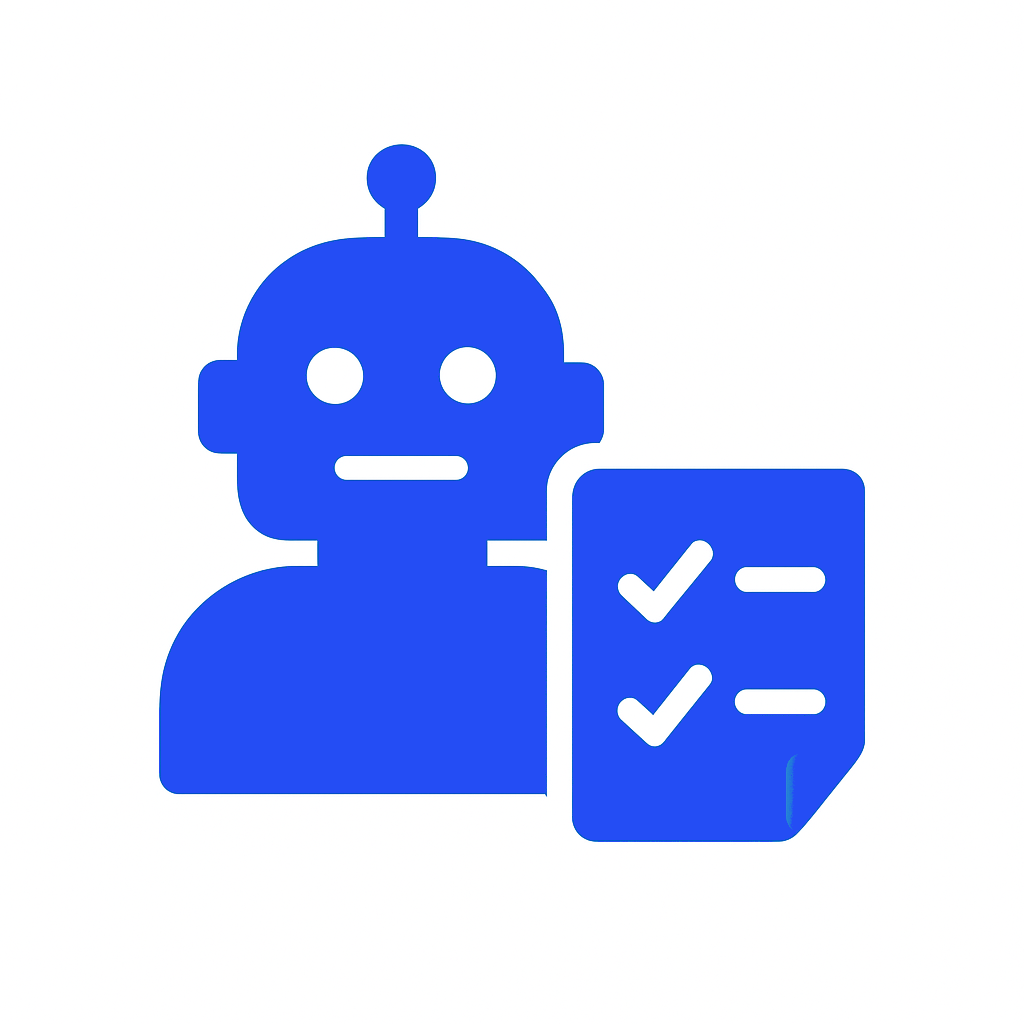How AI Is Transforming E-Commerce—And What Comes Next

The online shopping experience is on the brink of a major transformation, powered by the capabilities of modern AI. Drawing from my 15 years at eBay and current work at WiseCues, this piece explores how Large Language Models (LLMs) are unlocking a new era of intelligent, shopper-centric e-commerce. From unified search and chat interfaces to emotionally intelligent sales agents, iterative search, and even agentic AI that can negotiate and shop on our behalf—AI is redefining how we discover, compare, and purchase online. This is a glimpse into what’s next—and how we’re building it.
During my 15-year tenure at eBay, I always dreamt of transforming the online shopping experience. One recurring frustration I had was with the keyword-based search approach. Shoppers had to express their intent in limited and often clunky ways, and then shoulder the burden of navigating through countless search results to find the right product.
To me, this felt fundamentally broken. In physical retail, a good salesperson engages in a conversation with the shopper—understanding their needs, explaining the available options and trade-offs, answering questions, and guiding them to the right choice. That’s the kind of personalized and intuitive experience I wished we could bring to online shopping. While we made progress over the years in search and query understanding, the technology just wasn’t there—until now.
Large Language Models (LLMs) change the game. Their natural language capabilities finally make it possible to offer a high-quality concierge shopping experience online. And this seems to be working. A recent study by Adobe (1) showed that shoppers arriving at a site from AI-generated answers (like Google AI or Perplexity) spend more time on-site, explore more pages, and bounce less. Amazon (2) recently announced that they expect a $700 million lift from their shopping concierge, Rufus.
This doesn’t surprise me. In fact, it feels like a long-time dream is finally within reach.
But advancements in AI bear much more potential for the shopper experience than just shopping concierges. Here are a few things that I believe are coming—and that we are actively working on at WiseCues.

Unified Search and Chat
It doesn’t make sense to have separate touchpoints for search and chat on e-commerce sites. Often, these tools are powered by different vendors and don’t communicate, creating fragmented experiences and added complexity for both merchants and shoppers. A unified interface that blends conversational interaction and search is the future. It simplifies the journey and empowers shoppers to express intent in their own words—without having to choose the "right" UI element.

Advanced, Constraint-Aware, Iterative Search
At WiseCues, we’ve already introduced a search that lets users express complex queries naturally. For example: "a snowboard that performs well on icy snow between $600 and $700." The system understands constraints and preferences just as a human would. Soon, these kinds of constraint-aware filters will be fully integrated into the UX, enabling shoppers to express detailed requirements right from the start. Another key advancement is iterative search—the ability for shoppers to refine or adjust their queries step-by-step, just as they would in a natural conversation. Instead of restarting their search from scratch, they can say things like "make it wider" or "I’d prefer long sleeves," and the system will understand the context and update the results accordingly. This creates a smoother, more intuitive way to browse and discover products.

AI Optimized for Sales
Today’s LLMs are trained on general internet data, which doesn’t make them particularly great salespeople. They might sound too markety or even generic. At WiseCues, we’re training emotionally intelligent LLMs—models that sound more human and trustworthy, and that focus on helping rather than hyping. This kind of optimization is key to delivering a next-gen shopping experience.

Transparent Personalization
Personalization today often feels invasive or even creepy. It’s driven by opaque, implicit signals—clicks, scrolls, and behavioral tracking. Shoppers have little control or visibility. With LLM-powered shopping concierges, user preferences and desires can be collected gradually, as conversations unfold, and aggregated into an explicit shopper profile that evolves with each interaction. Shoppers remain in control—they can read, adjust, and fine-tune this profile to ensure recommendations align with their true needs. Even more powerfully, this explicit profile could be portable, carried across different stores to deliver consistent, personalized, and transparent shopping experiences wherever they go. This shift to transparent, conversational personalization could be especially important for Gen Z shoppers who value agency and authenticity in digital interactions.

Agentic AI for Shopping
Looking a bit further into the future, agentic AI has the potential to transform online shopping even more profoundly. Agentic AI refers to autonomous systems capable of completing complex, multi-step tasks that typically require human decision-making at several points. In the context of e-commerce, this means a personal shopping concierge that can actively go out to multiple stores, search for items based on our needs and preferences, negotiate with store agents to find the best deals or compelling alternatives, and then aggregate the findings into a personalized pop-up store tailored just for us. Rather than manually browsing and comparing, shoppers could delegate the entire discovery and evaluation process to their AI—saving time while gaining confidence in their purchase decisions.
Conclusion
The future of e-commerce will not be keyword-driven. It will be conversation-driven, emotionally intelligent, and truly shopper-centric. And at WiseCues, we’re building it.. It will be conversation-driven, emotionally intelligent, and truly shopper-centric. And at WiseCues, we’re building it.



